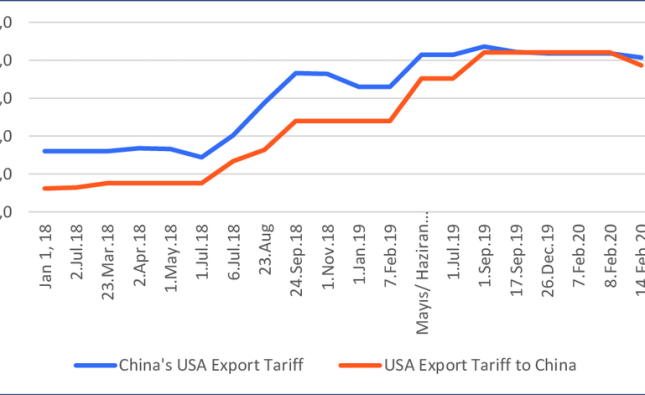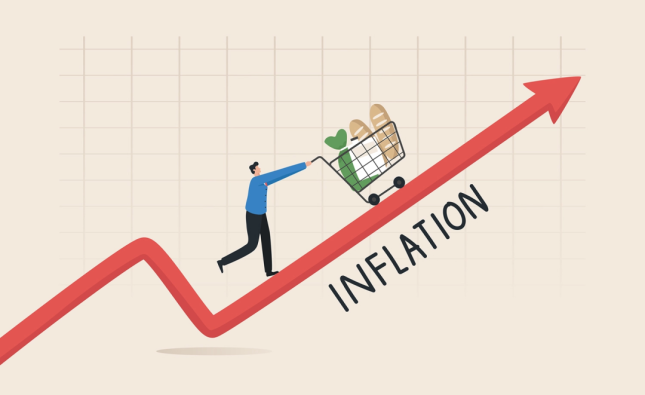
In the intricate world of finance, understanding the nuances of financial health is paramount for investors, stakeholders, and analysts alike. Among the myriad metrics and indicators, one often overlooked yet critical aspect is the accumulated amortization. This often perplexing term hides layers of information about a company’s financial well-being and future prospects.

Unraveling Amortization:
Amortization, simply put, refers to the process of spreading out the cost of an intangible asset over its useful life. These intangible assets could include patents, copyrights, trademarks, or goodwill. While these assets don’t have a physical form, they hold immense value for a company. However, unlike tangible assets such as machinery or buildings, intangible assets lose their value over time due to obsolescence or expiry.
Accumulated amortization, therefore, represents the total amount of amortization expense recognized since the acquisition of intangible assets. This figure directly impacts a company’s balance sheet, as it reduces the reported value of these assets over time. Consequently, it affects metrics such as net income, earnings per share, and ultimately, the perceived financial health of the company.
The Significance:
Understanding the implications of accumulated amortization is crucial for investors. While it reflects the historical cost of intangible assets, it also provides insights into the company’s ongoing operational expenses and its ability to generate future profits. A rapid accumulation of amortization may indicate heavy investment in intangible assets, possibly signaling innovation and long-term growth prospects. Conversely, it could also suggest aggressive acquisition strategies or impending write-offs, which could raise concerns among investors.
Challenges and Pitfalls:
Interpreting accumulated amortization comes with its challenges. Firstly, it requires a nuanced understanding of accounting principles and industry-specific dynamics. Additionally, different accounting methods, such as straight-line amortization or accelerated methods, can significantly impact the reported figures. Moreover, variations in intangible asset valuation and estimation of useful life further complicate the analysis.
Impact on Decision-Making:
For stakeholders, accumulated amortization serves as a vital tool for decision-making. Whether it’s assessing the financial stability of a potential investment or evaluating the performance of existing holdings, a comprehensive understanding of this metric is indispensable. It aids in risk assessment, strategic planning, and ultimately, in maximizing returns on investment.
Conclusion:
In the intricate tapestry of financial analysis, accumulated amortization emerges as a crucial thread, weaving together past investments, present performance, and future prospects. Its interpretation demands not only expertise in accounting principles but also a keen insight into industry dynamics and company-specific strategies. As investors navigate the labyrinth of financial markets, deciphering the implications of accumulated amortization is imperative for making informed decisions and securing sustainable growth.










